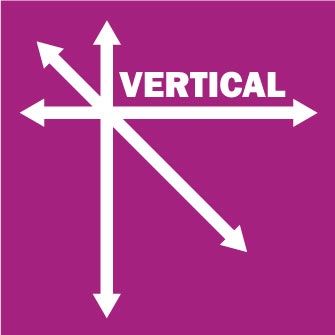Case Study – Supermarket New Build, Devon
Project: Supermarket New Build
Works: Monitoring nearby working tramline and residences for movement and structural damage during dredging operations, and producing topographical survey for site levelling
Area: Seaton, Devon
Project Value: £25k
This is arguably one of the most complex and unique supermarket build programmes ever carried out in the UK. It is the multi-million pound retail store in Devon. It was constructed on a flood plain where a huge amount of enabling works had to take place to raise the level to approximately two metres above the flood risk zone. By use of existing land formation techniques, it has become one of the first inland dredging projects to have ever been completed in the UK.
According to references, over 300,000 cubic metres of sand were dredged from the sea bed and pumped over 3.6 km through a network of pipes and delivered to a reception pit on land. The sea-water was drained to the lagoon before being pumped back out to sea. The process of filling the site took a mere 2 weeks. This simple, yet effective technique cut down disruption caused by construction traffic to the town. Bringing the majority of fill material into the site by sea, rather than by road, significantly reduced the amount of construction traffic on local roads, which was important to local residents.
Due to the worries of neighbouring property holders concerning the nature of the enabling works carried out, it was deemed appropriate to monitor selected local structures for movement throughout and after ground works were completed.
Objectives
This project formed part of a huge regeneration project in the area and there were many elements of consideration. The delicate nature of the adjacent working tramline meant that it had to be monitored for movement intensively over the course of the backfill and settlement. There were also several residential properties adjacent to the site, which also needed to be monitored for any visible damage, settlement cracks or structural damage from the soil heave & water saturation.
Progress and Outcome
With our initial site visits, we established control, installed monitoring targets to some adjacent properties and created consistent setup points for the monitoring of the tramline. We surveyed the initial topographical status of the site and worked closely with the site teams during the dredging to survey and quantify the filling process.
The monitoring exercise with reports helped the client to minimize the impact to the tramline, by gradually increasing the overall finished ground level to the correct height in tow with the natural landscape. Our site team did numerous calculations with the on-site engineers to ensure best efforts were made at minimizing any additional costs & wastage. It clearly showcased our ability to work with other contractors to meet deadlines & provide support wherever required to meet only the highest quality workmanship.
This project proved to be a resounding success, not only for our accurate cut & fill volumetric calculations, but also for our approach to monitoring sites with high sensitivity, in a non-intrusive way.
Find out more
Call Vertical Survey Services on +44 7944 664067 or write to us using our email form for more information.
